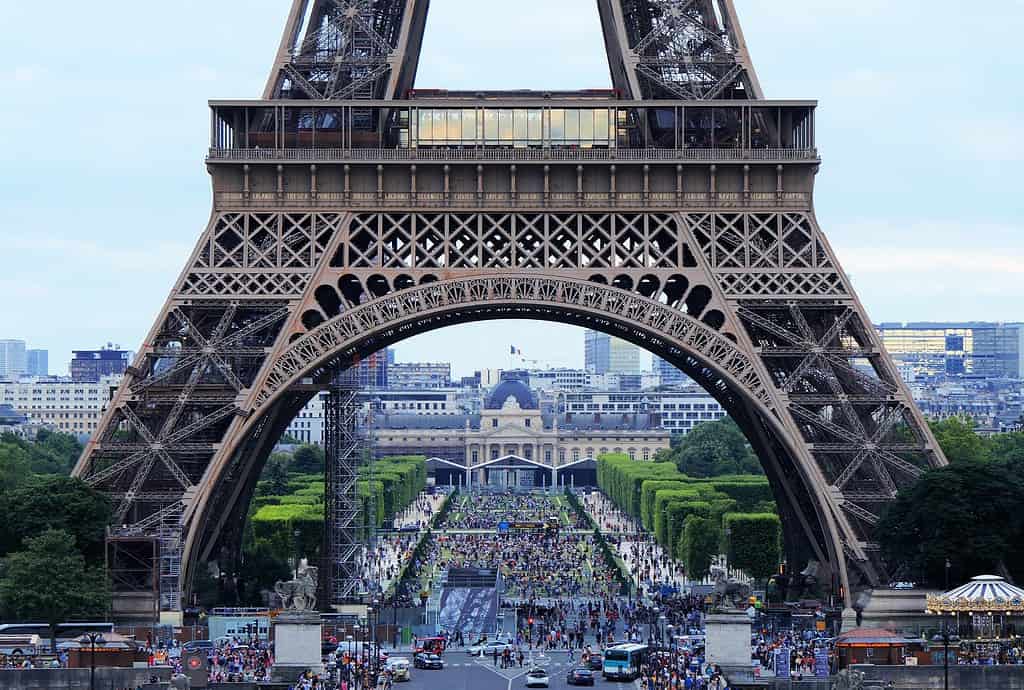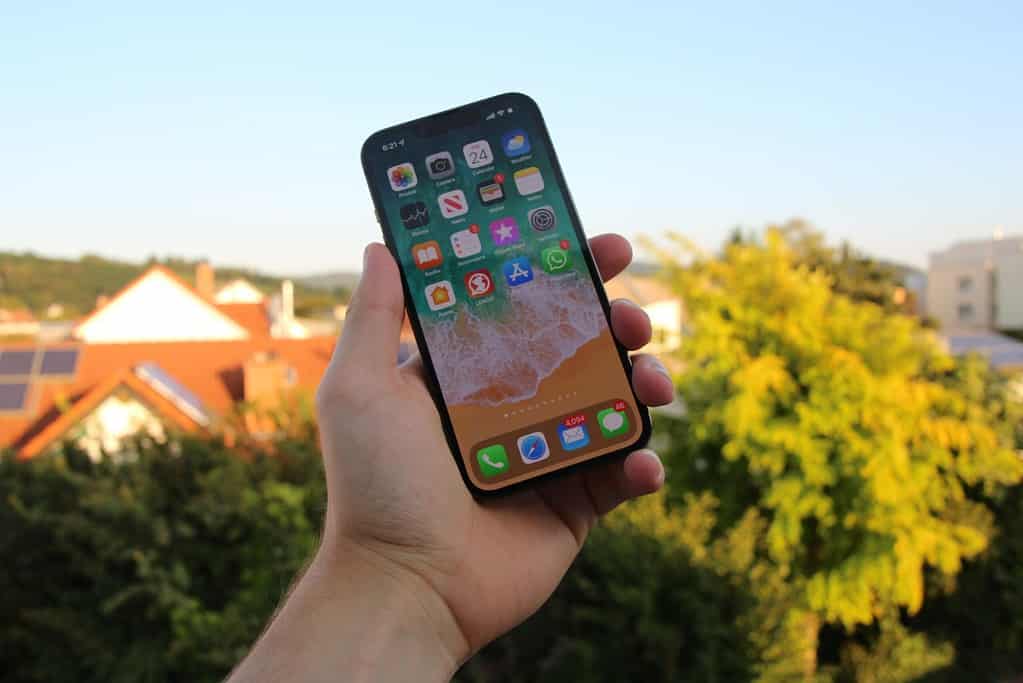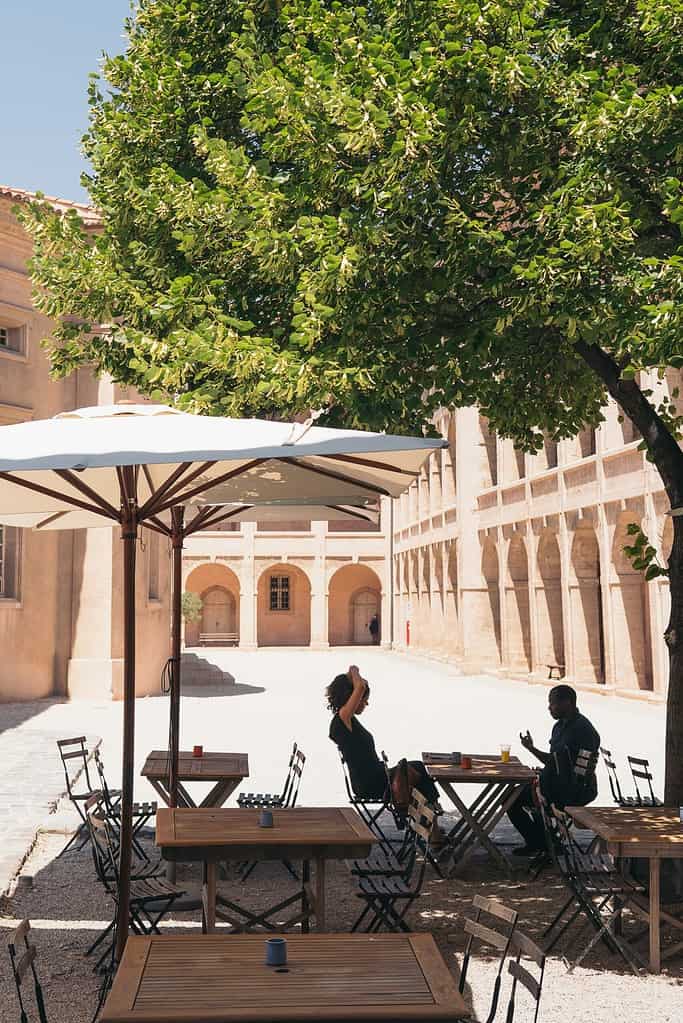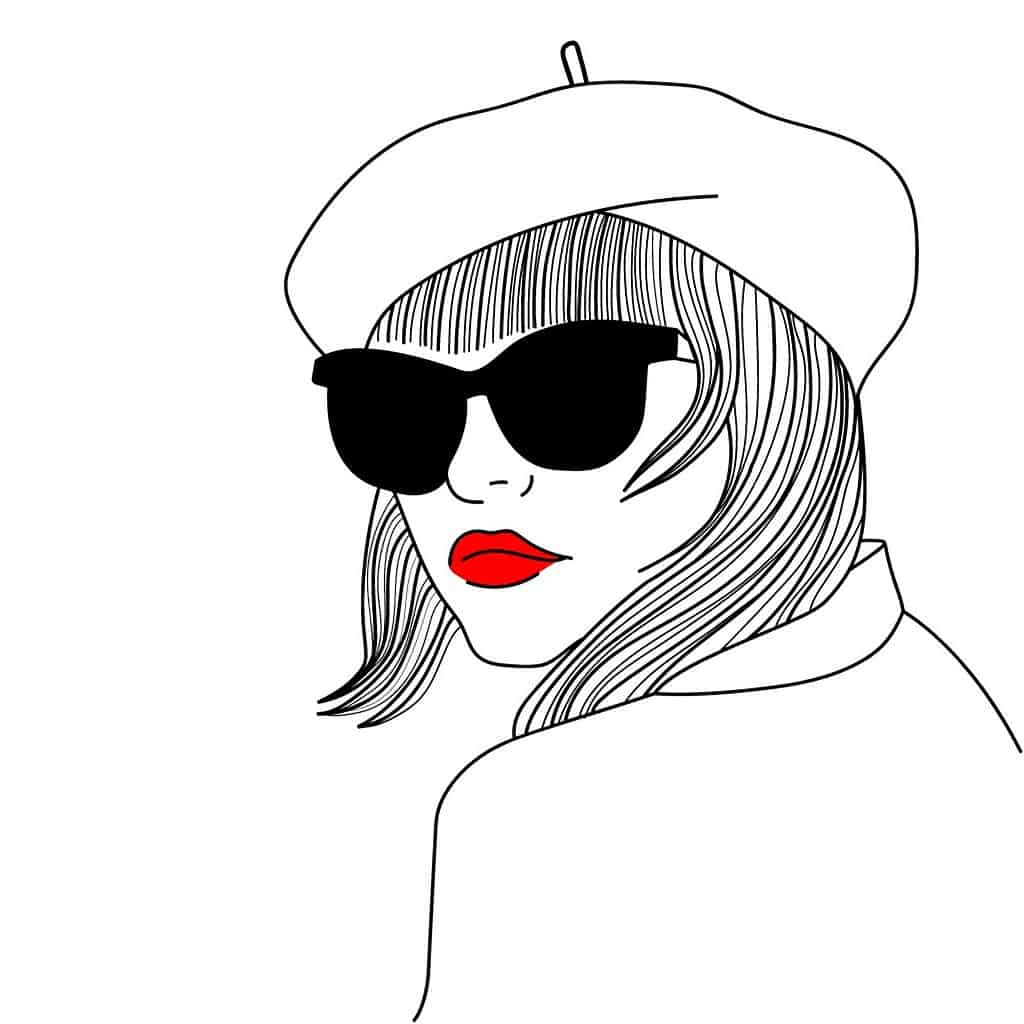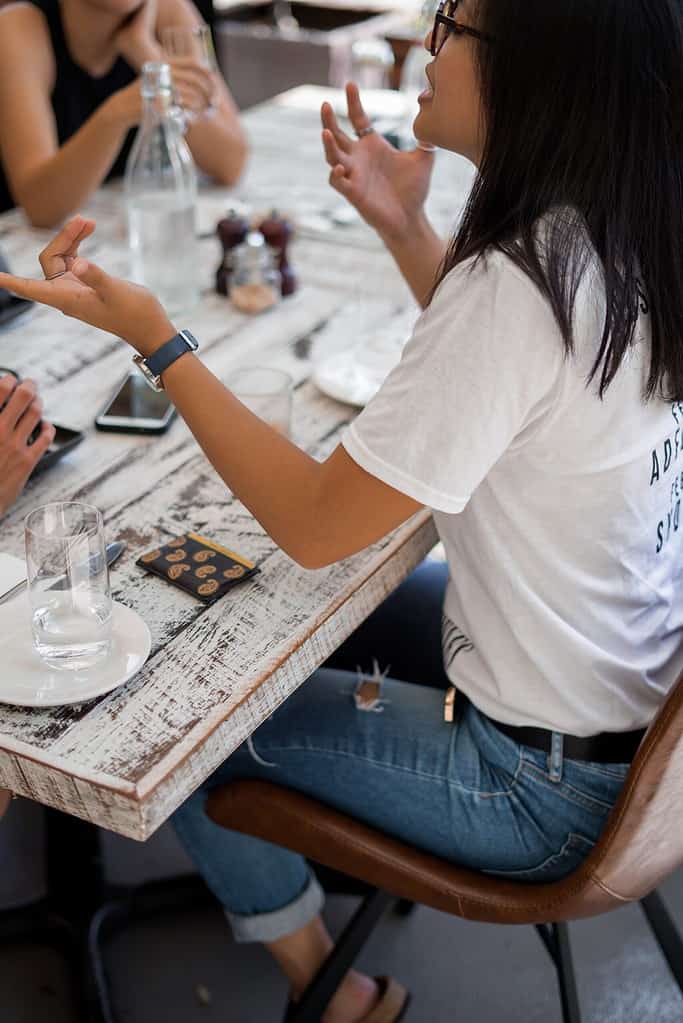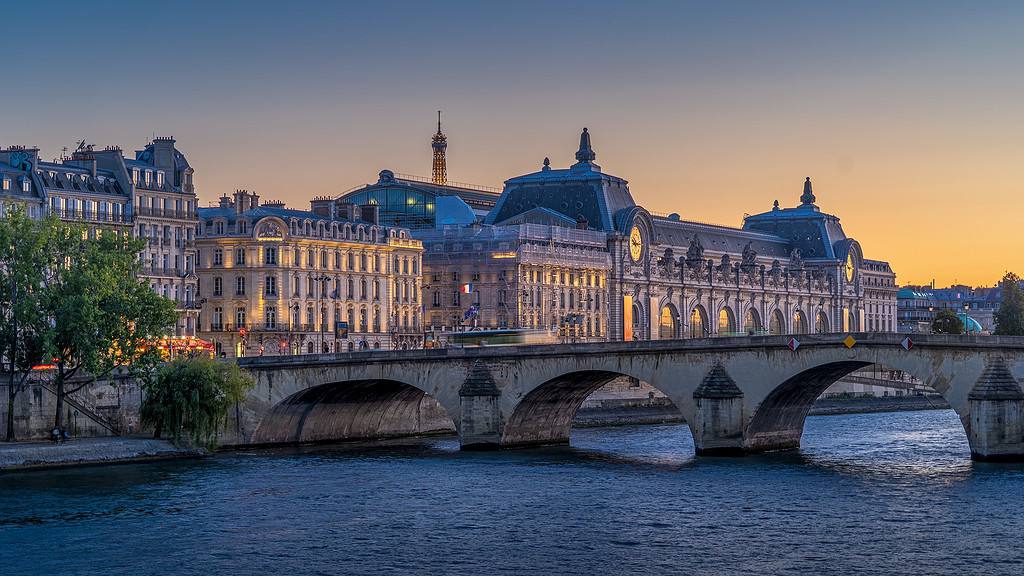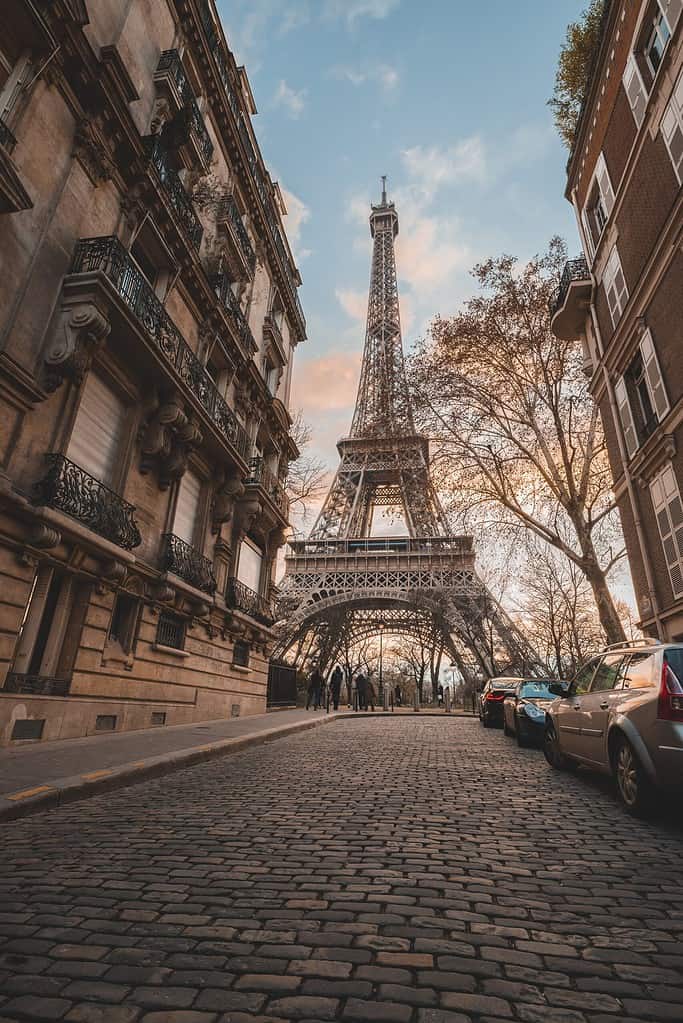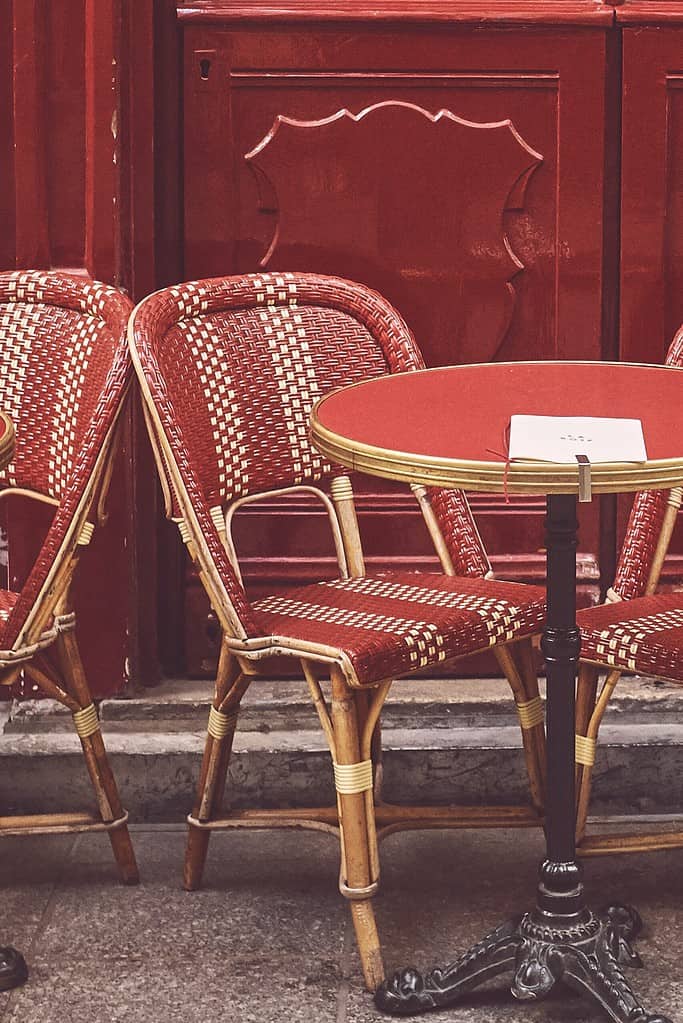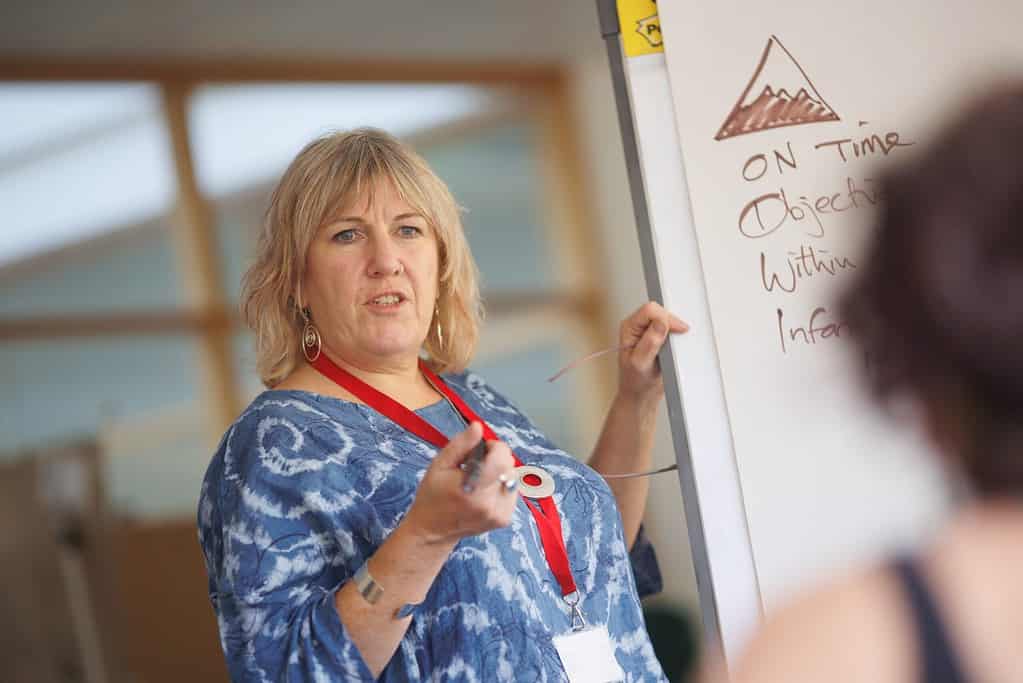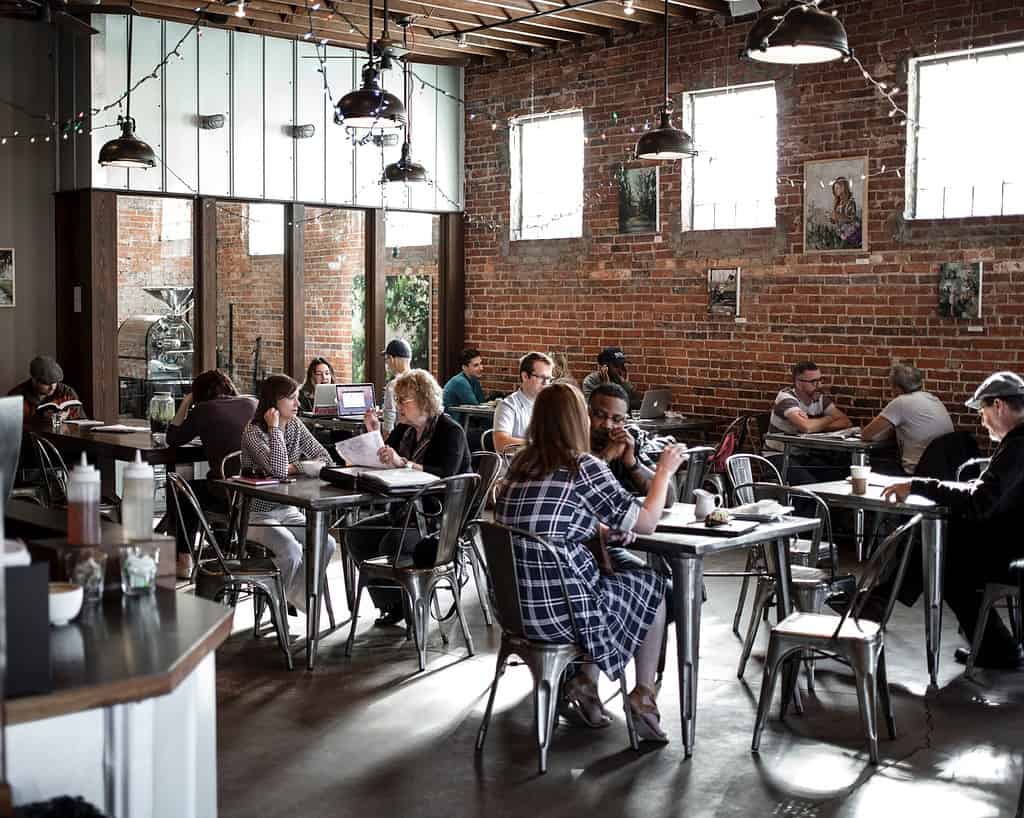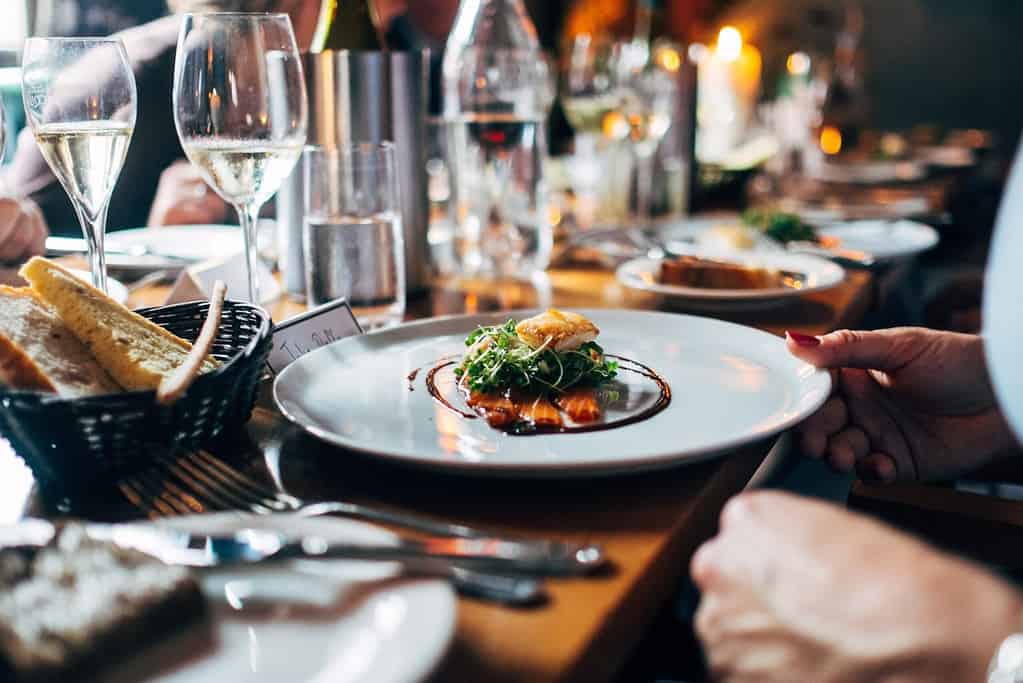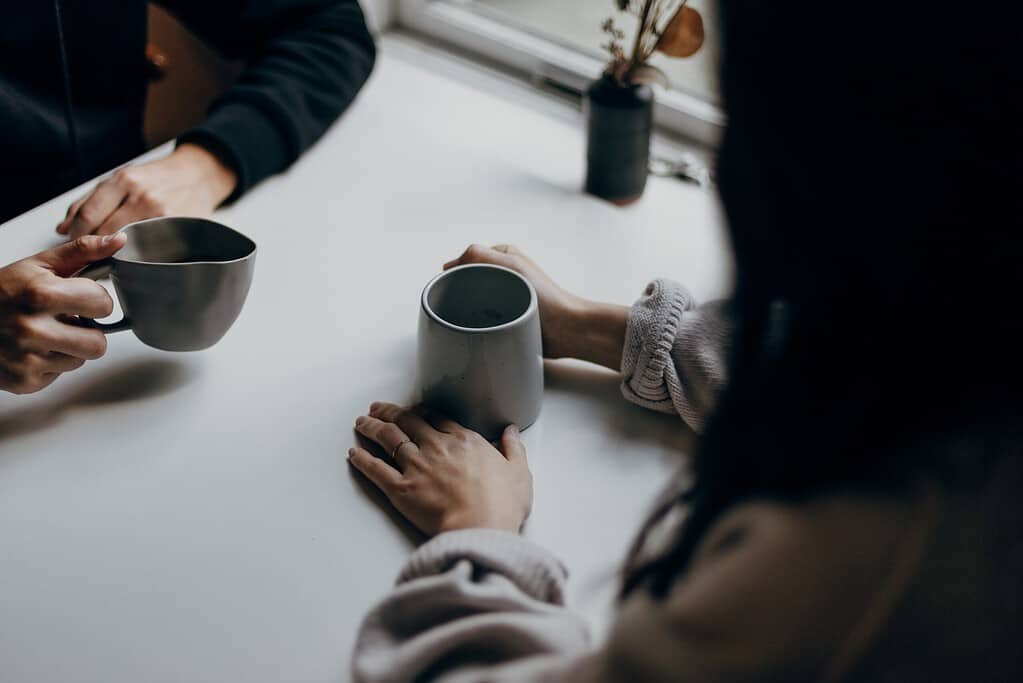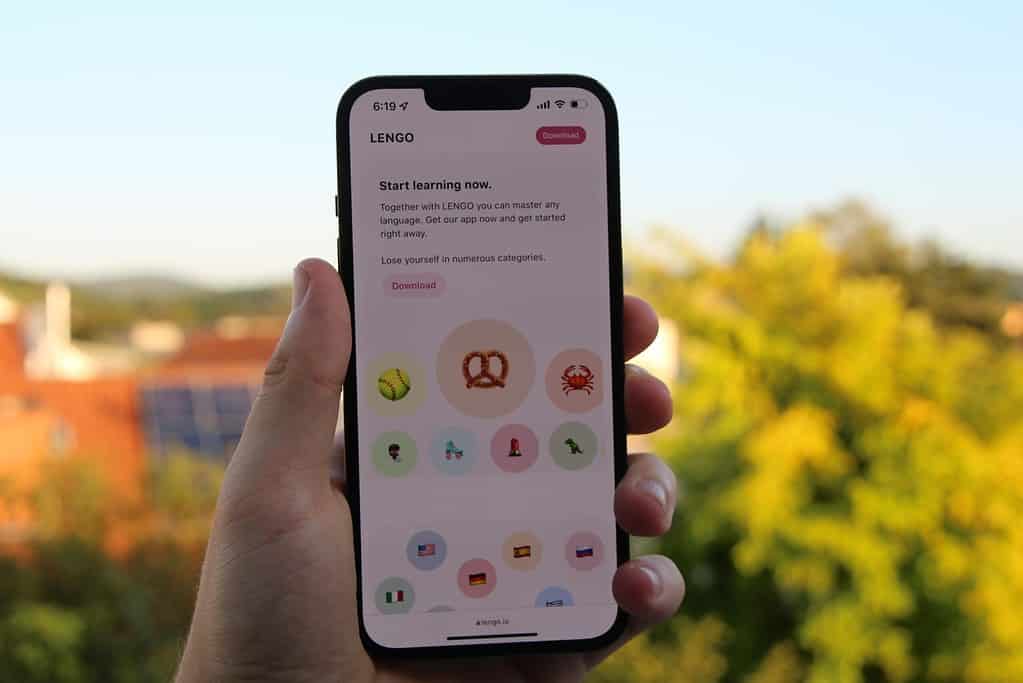Exploring French art can be one of the most delightful ways to accelerate your mastery of the French language. Whether you’re wandering through the halls of a grand museum or discovering hidden gems in local galleries, immersing yourself in art provides a creative environment where language and culture mix effortlessly. At swaplang (visit our homepage), we believe that art opens doors not only to aesthetic beauty but also to new vocabulary and engaging conversation skills.
Benefits of Learning French Through Art
Diving into French art offers an enriching journey that goes beyond merely admiring paintings and sculptures. Picture yourself describing the delicate brushstrokes of a Monet in fluent French or discussing the dramatic flair of a Rodin masterpiece during your next language exchange. Art can serve as a powerful mnemonic tool; its visual details reinforce memory while the associated vocabulary makes abstract concepts tangible. This method of immersive learning is particularly effective for conversational French since it ties words to real-life imagery. When coupled with targeted practice, your spoken French can blossom—vocabulary terms become easier to recall, and the cultural context gives you conversation starters for every exhibit. If you want a structured way to explore topics like these, our video exchanges at swaplang offer engaging one-to-one practice sessions with native speakers.
Key French Museums and Artworks
France is home to an incredible array of museums and landmarks where language learning meets artistic passion. The Louvre, for example, is not only a repository of priceless art but also a place where you can absorb a wide range of French descriptive language. For those who can’t make the trip in person, the Louvre offers online tours (enjoy virtual Louvre tours without any distracting tracking tags) that allow you to explore its most famous works from the comfort of your home. Similarly, the Grand Palais provides insightful online learning resources (learn more about French art online) that highlight the cultural significance of its bodies of work while introducing you to art-related vocabulary. Engaging with these digital tours not only expands your knowledge of art history but also introduces you to idiomatic expressions and descriptive language used in French museum narratives.
Virtual Museum Tours for Language Practice
The digital age has brought museums right to our fingertips, turning cultural exploration into a dynamic and interactive experience. Virtual tours are emerging as an inventive tool for language learners to immerse themselves in French culture. Websites like the National Gallery of Art even offer bilingual tours (explore French and Spanish language tours) that can help you associate new words with vivid imagery, sparking conversations full of creative flair. Moreover, some innovative platforms use virtual reality to create lifelike museum experiences. In fact, a study detailed in Integrating VR tours in online language learning explains how these immersive environments enhance retention and engagement. By discussing your virtual visit with a language partner, you not only practice describing art pieces but also get to challenge your comprehension and conversational skills—all from a technologically advanced haven.

Applying French Vocabulary to Art Discussion
Art and language share a beautiful synergy where words vividly describe feelings, scenery, and abstract concepts. When you visit a museum, try to articulate the visual details of a painting in French. Use adjectives like “impressionnant” (impressive) or “surréaliste” (surreal) to convey the emotions evoked by a work. This approach not only diversifies your vocabulary but also trains your brain to think in French as you interpret complex visual cues. One helpful tip is to discuss your favorite artwork with a partner on swaplang, where native speakers often provide alternative descriptive phrases to capture subtleties you might miss. For a creative twist, think back to our article on mastering French through photography—while photography and painting might differ, both rely on capturing the essence of an experience through visual detail. This method builds bridges between artistic observation and language learning, fostering an environment where vocabulary comes alive.
Tips for Engaging with Art in French
To truly benefit from exploring art in French, consider making it an interactive and social experience. Start by visiting local museums or virtual exhibitions and prepare a list of new words to learn before you go. Engage with exhibits by taking short notes in French about your impressions. If you’re feeling bold, join a language exchange session on swaplang, where you can practice discussing art with native speakers in a relaxed, ad-free setting. Asking questions such as “Comment décririez-vous ce tableau?” (How would you describe this painting?) can ignite a fun and educational conversation. Additionally, explore virtual exhibitions via curated platforms like virtual exhibitions to learn French, which are specially designed to immerse learners in both art and language simultaneously. Regularly engaging with art in French not only improves your descriptive language skills but also deepens your cultural appreciation, making every conversation a mini cultural excursion.
If you’re eager to continue your cultural and language adventures, why not sign up for swaplang? Our platform is designed to help you speak French faster through engaging one-to-one exchanges with native speakers. Join us today at swaplang sign up and make art a colorful part of your language journey!

